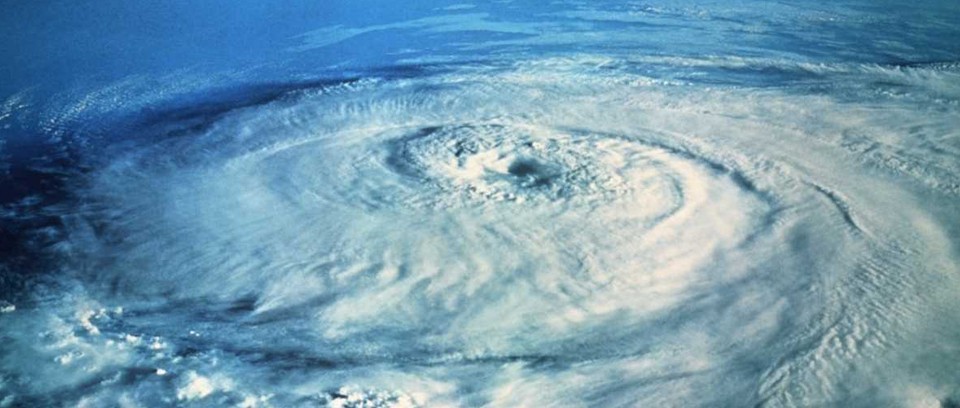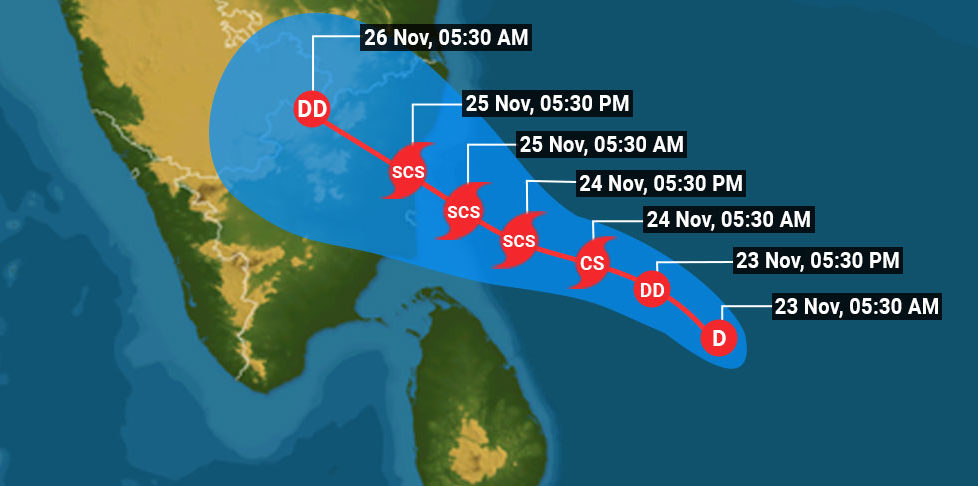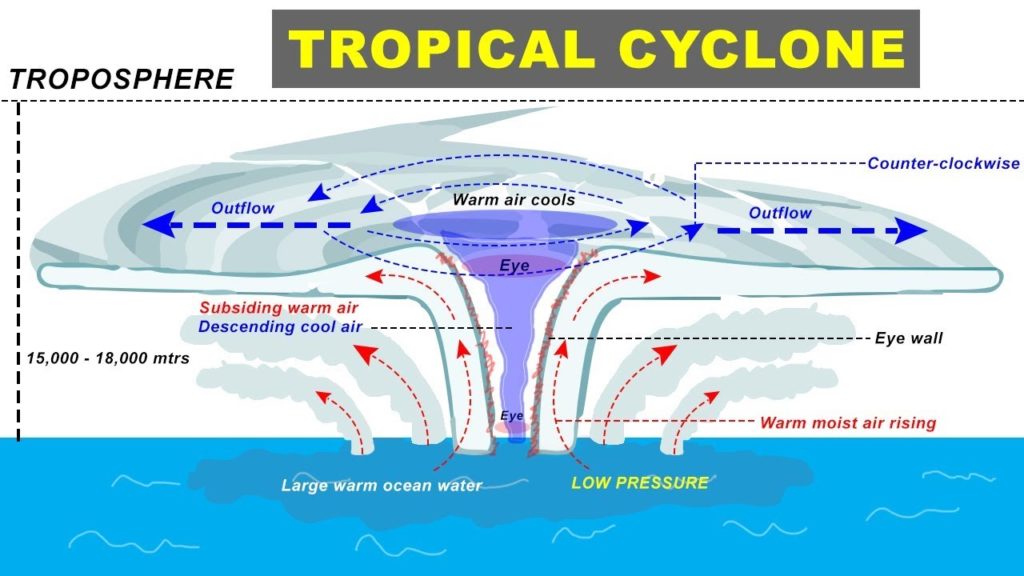Cyclone Nivar has moved north-west, hitting the coasts of Tamil Nadu and Puducherry on Wednesday night. Heavy rainfall continues in many parts of Puducherry and Tamil Nadu. The cyclone has caused a lot of damage in Tamil Nadu and Puducherry.
The Meteorological Department said on Wednesday that cyclone Nivar has started the process of landfall between Puducherry and Marakkanam in Tamil Nadu. Coastal Tamil Nadu and Puducherry have been hit by “very severe cyclonic storm” and more than one lakh people from low-lying areas have been evacuated. In a preventive measure, a public holiday has been declared till Thursday. Chennai airport and metro services have been closed.
What is a cyclone?

Coastal areas of India and around the world are always prone to cyclonic storms. Coastal areas i.e. areas that are on the sea shore. Cyclonic storms are called by different names depending on the place. Cyclone, hurricane and typhoon are all cyclonic storms. Hurricanes occur in the North Atlantic Ocean and the cyclones in North-Eastern Pacific are called ‘hurricanes’. The storms in the North-Western Pacific Ocean are called ‘typhoons’. The storms in the Southern Pacific and the Indian Ocean are called ‘cyclones’. Cyclones that come in India come from the South Pacific and the Indian Ocean, hence they are called cyclones.
Why do cyclones come?

Also read: 5 tropical Cyclones that hit India so hard
We have already read in geography that there is air in the earth’s atmosphere. Just as there is air above the ground, so is the air above the sea. The air always flows from the high pressure to the low pressure area. When the air is hot, it becomes lighter and starts to rise.
When the sea water is hot, the air over it also starts heating up. This causes low pressure area to form here. The cold air surrounding it starts moving towards this low pressure area to fill it.
As we have also read that the earth rotates on its axis. This is the reason why this air does not come straight and rotates and moves round the low pressure area. This is called a cyclone.

Also read: POST FANI CYCLONE: What all left and what all lost
In simple words, a cyclone is a rapidly moving wind. When the air is heated and rises, there is moisture in it, so the cyclone also causes rains with strong winds. The cyclone begins to weaken when it rotates off the coast. This happens because the air pressure on the ground is high.
The cyclonic storms occurred only occasionally in summer. But, due to climate change and increasing global warming, they come every year also in winter also. This is because the winter days are getting shorter.
How many Indians are vulnerable to cyclones?

According to the Disaster Management report, the 8,493.85 km. long coastline of India is bordered by West Bengal, Odisha, Andhra Pradesh, Tamil Nadu and Puducherry on the east coast. Whereas, Gujarat, Maharashtra, Goa, Karnataka, Kerala and Daman-Diu are located on the west coast. Apart from this, Andaman and Nicobar lies in the Bay of Bengal and Lakshadweep in the Arabian Sea. Half of India’s population lives in these places. The total population of the country is 128 crores, out of which more than 60 crores population lives in these states.
